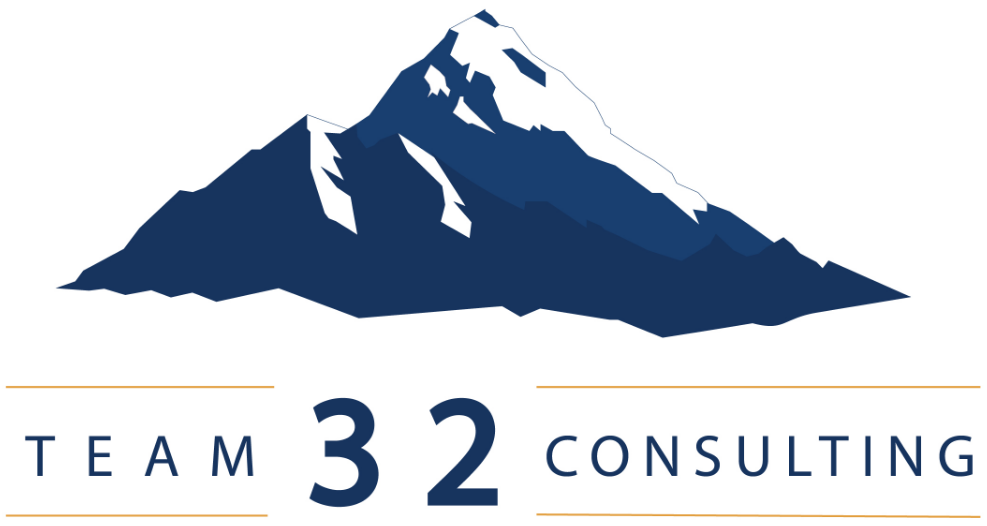
In today’s volatile corporate environment, a pressing question arises: Is your company prepared to absorb sudden, unplanned shifts in leadership? From CEO departures to unexpected vacancies in crucial roles, the need for agile, capable leaders who can step in without hesitation is more important than ever. As recent news in corporate aviation leadership reveals, many organizations are caught off guard by abrupt changes at the top, underscoring a critical gap in preparedness.
Lessons from the Military: Rapid Transition in Leadership
The military has long had protocols in place for seamless leadership transitions, including planned changes of command and unplanned “next leader up” scenarios. In combat environments, the ability to replace a leader on short notice can mean the difference between success and failure. Soldiers train regularly in real-time scenarios to ensure that the next in line is ready to lead at any moment, fully equipped to take command under pressure. These real-time simulations build a culture of readiness, helping each member understand their responsibilities and increasing overall team resilience.
Why “Next Leader Up” Should Matter to Corporations
While corporate environments are less immediately life-or-death than military settings, the stakes can be equally high for the business. A sudden vacancy in the C-suite can destabilize a company, interrupt strategic initiatives, and create confusion among employees and stakeholders. A strong continuity plan that identifies the “next leader up” isn’t just about maintaining leadership—it’s about preserving stability, trust, and operational consistency when unexpected disruptions occur.
Building a Next-Leader-Up Culture in the Corporate World
To emulate the military’s seamless approach, companies should consider adopting some of the following strategies to cultivate a “next leader up” culture:
- Training Future Leaders: Identify potential successors early and provide them with ongoing leadership training that covers both technical skills and soft skills. This should include hands-on experience and real-world simulations that encourage leaders-in-training to make decisions under pressure.
- Cross-Functional Experience: Encourage emerging leaders to gain experience across departments and functions, giving them a holistic view of the company’s operations. A broad perspective can be invaluable when unexpected changes call for someone who understands multiple facets of the business.
- Regular Succession Drills: Just as the military regularly conducts exercises for rapid transition, companies should periodically test their leadership continuity plans. These drills can simulate potential scenarios, allowing leaders to understand how the process might unfold and adjust their response plans accordingly.
- Transparency and Communication: Clear communication is essential when preparing the company for leadership continuity. From the boardroom to the front line, everyone should understand the importance of leadership continuity and have confidence in the process.
- Empowering Temporary Leadership: Sometimes, an interim leader is necessary until a permanent replacement is identified. Empower temporary leaders to make decisions, communicate openly, and drive forward momentum to prevent stagnation.

Indicators of Corporate Strength: A Reliable Continuity Plan
In a well-prepared organization, leadership continuity is a strength, not a scramble. Knowing that there is a strong “next leader up” strategy can boost shareholder and employee confidence, showing that the company has resilience built into its core. A continuity plan that can be executed quickly and effectively ensures that operations remain steady, even in times of transition.
Final Thoughts
Corporate strength is about more than profit margins and growth rates—it’s about resilience, adaptability, and the ability to face unexpected challenges head-on. The readiness to handle leadership transitions without disrupting operations is a hallmark of a truly resilient organization. By embracing a “next leader up” mentality and investing in the development of future leaders, companies can safeguard their success and stability, no matter what changes come their way.
